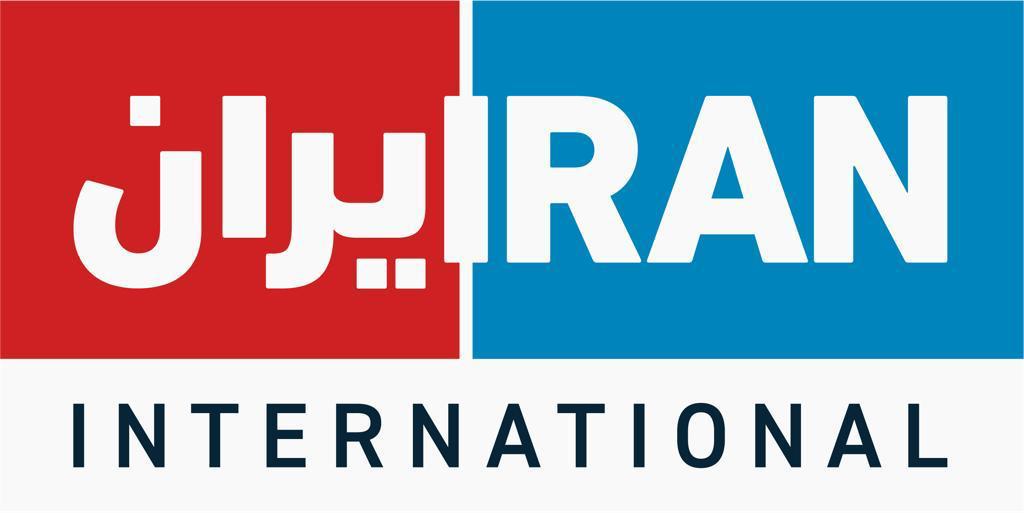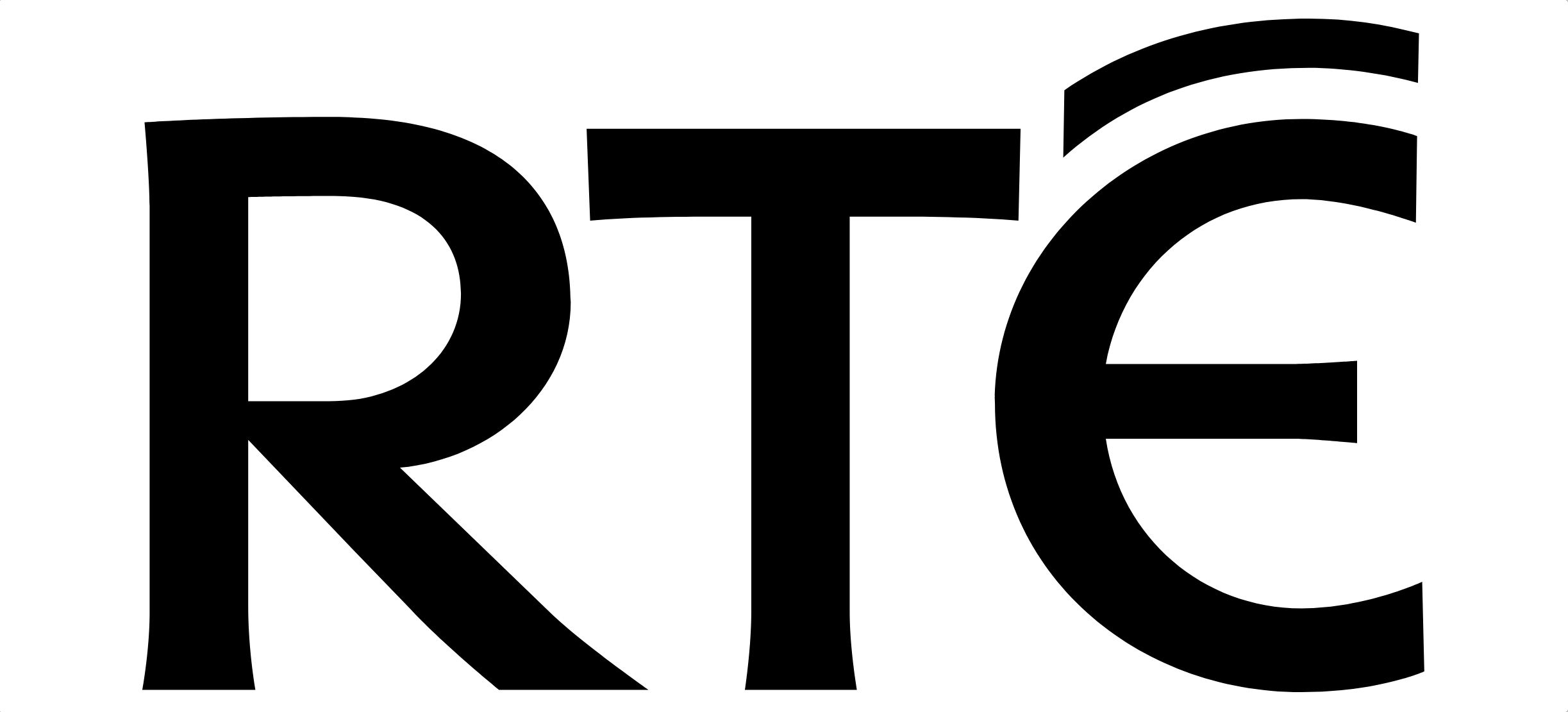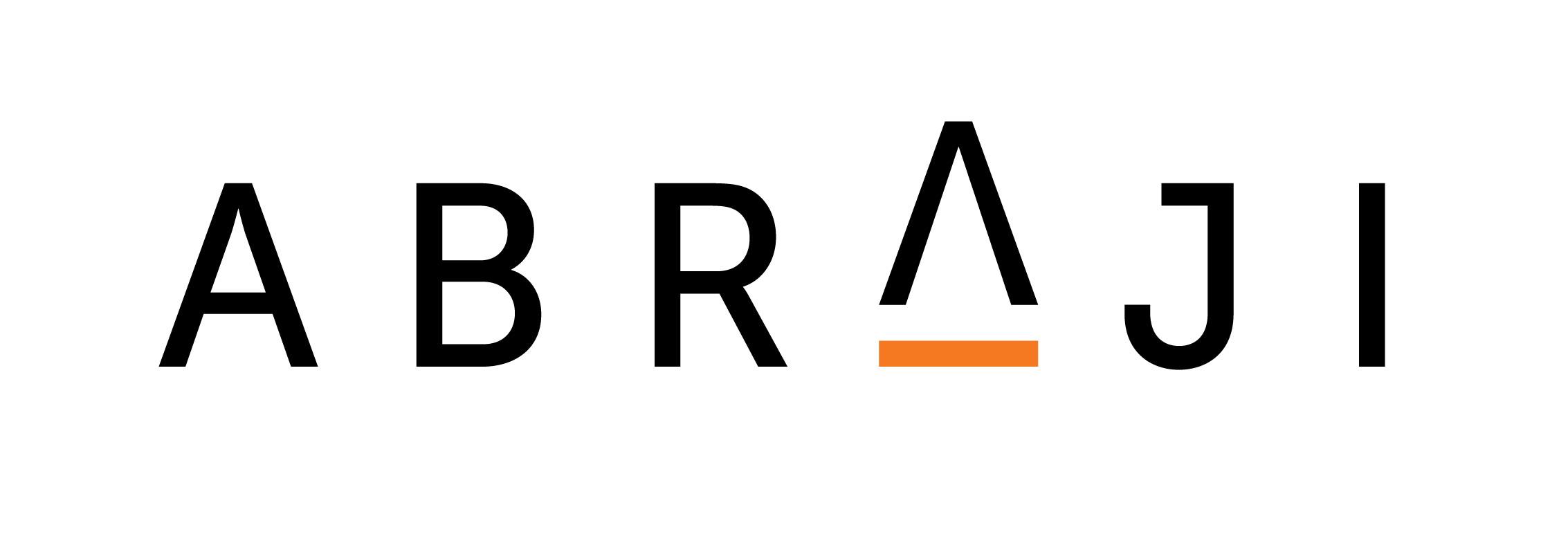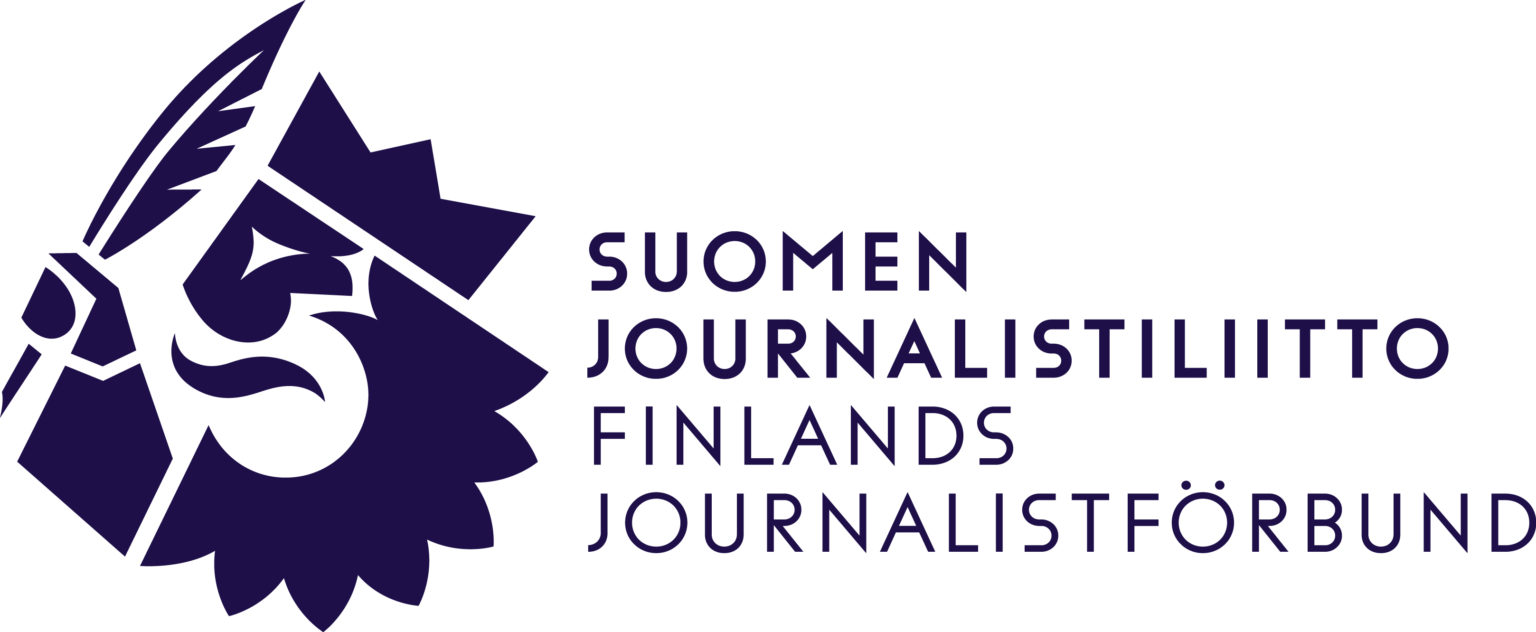Their blood was shed on the streets of the U.S., in a broadcasting studio in Brazil and in countless other locations around the world. Meanwhile in Egypt, press freedom came under attack as three Al Jazeera journalists were sentenced to three years in jail for “propagating false news”. Violence is spiralling Violence against media workers has spiralled in the twenty-first century as technology and globalisation have given rise to more ways of attacking reporters. Earlier this month I participated in a research study on the subject for the University of Bogota in Colombia, and was asked to identify the main characteristics of people who attack journalists. I struggled. Perpetrators are so rarely brought to justice that I couldn’t find a clear cut mould to draw upon. But one such conviction did take place in August: a Brazilian jury sentenced a man to more than 14 years in prison for killing a photographer in 2013. Will the same level of justice be achieved for the eight media workers lost over the last few weeks? I doubt it. When I worked as a journalist in Guatemala, I saw brave colleagues repeatedly speak out against corruption, knowing that their words could cost them their life, the culprits would probably not be held to account and their murder would evoke little more than a paragraph in the local newspaper – so accustomed had the general public grown to the death of reporters. Mexico demands justice In a podcast about the situation in Latin America, former INSI director Rodney Pinder speaks of the perfect storm of crime and corruption that is engulfing journalists in the region. In Mexico this month journalists took to the streets to demand justice for Ruben Espinosa, who was tortured and killed at the end of July. He fled Veracruz fearing for his life and sought refuge in Mexico City. It didn’t save him. Writing on our blog, Pakistani journalist Owais Aslam Ali and Africa24 Media’s Salim Amin talk about what they think is at the root of the violence – diminishing trust in the media or increasing militancy of the army - and I analyse other contributing factors, such as social media and shrinking budgets, on The Transparency Report with Jennifer Karchmer. These reasons are why it is so important to embed a safety culture within the profession and ensure safety and good journalism go hand in hand. We’re looking forward to cementing this at the end of the month in Tunisia during our 2-day safety training with journalists there, and furthering talks with our colleagues in the industry about a set of global safety principles and practices for freelancers and local journalists. You can keep up to date with all of INSI’s work by following us on Twitter and Facebook and visiting our website: www.newssafety.org. Anna Bevan is INSI’s assistant director. Photo by AFP: journalist lays flowers at the memorial of the two US journalists shot dead in Roanoke, Virginia.



























































